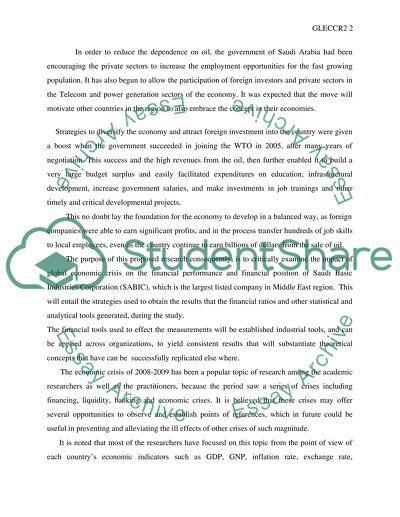Cite this document
(“The Impact of Global Economic Crisis on the organizations in oil Essay”, n.d.)
Retrieved de https://studentshare.org/finance-accounting/1390871-the-impact-of-global-economic-crisis-on-the-organizations-in-oil-producing-countries
Retrieved de https://studentshare.org/finance-accounting/1390871-the-impact-of-global-economic-crisis-on-the-organizations-in-oil-producing-countries
(The Impact of Global Economic Crisis on the Organizations in Oil Essay)
https://studentshare.org/finance-accounting/1390871-the-impact-of-global-economic-crisis-on-the-organizations-in-oil-producing-countries.
https://studentshare.org/finance-accounting/1390871-the-impact-of-global-economic-crisis-on-the-organizations-in-oil-producing-countries.
“The Impact of Global Economic Crisis on the Organizations in Oil Essay”, n.d. https://studentshare.org/finance-accounting/1390871-the-impact-of-global-economic-crisis-on-the-organizations-in-oil-producing-countries.


